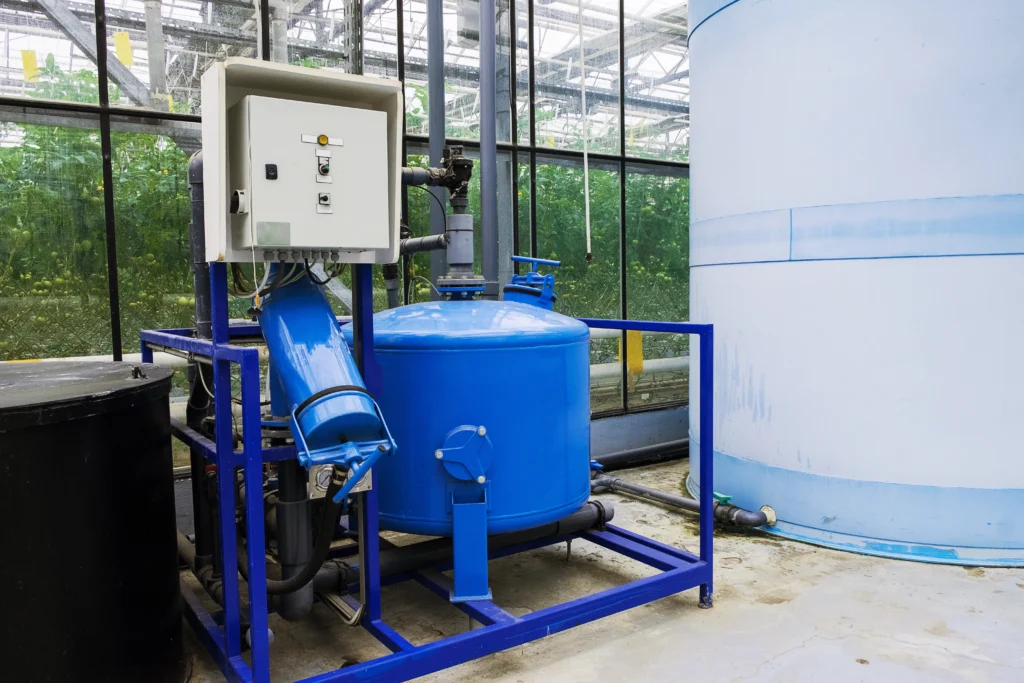Eco-Friendly Water Tank Cleaning Technologies You Need to Know
Keeping your water tank cleaning is a critical part of maintaining safe water for your household or business. Unfortunately, traditional cleaning processes often rely on harsh chemicals and outdated techniques, which can negatively impact both the environment and water quality.
That’s where eco-friendly cleaning technologies come in. They provide sustainable solutions that not only protect water resources but are also healthier and more cost-effective. Whether you’re a homeowner, an environmentalist, or an advocate for water conservation, adopting these innovative methods can make a difference.
This blog dives into why eco-friendly water tank cleaning matters, explores cutting-edge technologies and offers tips on selecting the right solution for you.
Why Eco-Friendly Water Tank Cleaning Matters
Before we explore the latest cleaning methods, it’s important to understand why eco-friendly solutions are so valuable.
Environmental Impact
Traditional cleaning methods often use chemical agents that find their way into local ecosystems, polluting soil and waterways. These chemicals can harm aquatic life and disrupt the balance of ecosystems. Eco-friendly alternatives eliminate or minimize chemical usage, preserving the environment while keeping your tank clean.
Health Benefits
Chemicals used in conventional cleaning processes can leave behind residues that contaminate drinking water, posing health risks. Eco-friendly cleaning techniques ensure water remains toxin-free, safeguarding the health of your family or community.
Cost Efficiency
Sustainable cleaning methods often reduce water wastage and chemical expenses, making them cost-effective in the long run. By investing in eco-friendly technologies, you can save both money and natural resources over time.
Top Eco-Friendly Water Tank Cleaning Technologies
Ready to adopt a green approach to water tank maintenance? Let’s explore innovative, eco-friendly technologies transforming the cleaning process.
1. UV-C Technology
How It Works
UV-C technology uses ultraviolet light to neutralize harmful bacteria, viruses, and microorganisms in water tanks. This cutting-edge method is sanitized without introducing any chemicals into the process.
Benefits
- Safe and non-toxic
- Effective in eliminating a wide range of contaminants
- Doesn’t alter the water’s natural composition
Applications
UV-C technology is versatile enough for residential, commercial, and industrial water tanks. It’s particularly useful in settings that require frequent sanitization, such as schools and hospitals.
2. Ozone Water Treatment
How It Works
Ozone gas, a powerful oxidizing agent, is dissolved in water. This gas effectively breaks down contaminants, including bacteria, mold, and viruses, ensuring a thorough cleaning.

Benefits
- No harmful chemical residues
- Reduces dependency on traditional cleaning agents
- Highly effective at purifying water
Applications
Ozone treatment is widely used for large-scale water purification systems and industrial tanks. It’s also gaining popularity for eco-conscious residential setups.
3. Electrolyzed Water Technology
How It Works
Electrolysis of water produces hypochlorous acid, a natural disinfectant. This solution effectively cleans and sanitizes water tanks without relying on harsh chemicals.
Benefits
- Natural and completely safe
- Extremely efficient at removing contaminants
- Reduces reliance on synthetic cleaners
Applications
Commonly used for residential water tanks, this eco-friendly method is also popular in the food and healthcare industries due to its safe and reliable cleaning capabilities.
4. Robotic Tank Cleaners
How They Work
Autonomous robots equipped with brushes, scrapers, and eco-friendly cleaning agents handle the scrubbing for you. These high-tech machines are efficient and require minimal water usage compared to traditional cleaning processes.
Benefits
- Minimizes manual labor
- Highly effective for large, hard-to-reach tanks
- Reduces water waste during cleaning
Applications
Robotic cleaners are perfect for large commercial or industrial tanks, but advancements are making them accessible for home use too.
5. Bio-Enzyme Cleaning
How It Works
This method uses natural enzymes to break down organic matter, grime, and harmful residues inside the tank. It’s a chemical-free solution that aligns perfectly with green cleaning objectives.

Benefits
- Biodegradable and safe for the environment
- Leaves your water tank free from harmful toxins
- Works efficiently for light-to-medium cleaning needs
Applications
Ideal for residential water tanks and smaller-scale cleaning requirements, bio-enzyme cleaning is an excellent choice for eco-conscious homeowners.
How Eco-Friendly Cleaning Technologies Help with Water Conservation
Not only are these technologies better for the environment, but they’re instrumental in water conservation as well. Here’s how they make an impact:
- Reduced Water Usage: Unlike traditional methods that require draining tanks completely or using excess water during cleaning, eco-friendly methods significantly cut down on water usage.
- Chemical-Free Operations: By eliminating or minimizing the use of harmful chemicals, these solutions prevent toxic runoff into local water supplies.
- Simplified Maintenance: These technologies help maintain water purity over time, reducing the need for repeated cleanings and further conserving resources.
How to Choose the Right Eco-Friendly Technology for Your Water Tank
Selecting the best eco-friendly water tank cleaning technology can seem overwhelming, especially with so many options available. Here’s how to make the right choice:
1. Consider Your Tank Size
For larger tanks, robotic cleaners or ozone treatment may be more effective. Smaller residential tanks, on the other hand, may benefit from UV-C or bio-enzyme solutions.
2. Evaluate Your Water Quality Needs
Is bacterial contamination your main concern? UV-C or ozone treatment might work best. For a more general clean, bio-enzymes or electrolyzed water can do the job effectively.
3. Stick to Your Budget
While some technologies, such as robotic cleaners, require a higher initial investment, others, like bio-enzyme cleaning or UV-C systems, are more budget-friendly. Choose a method that meets your needs without overextending your funds.
4. Think Long-Term Maintenance
Some solutions require more frequent maintenance than others. Research the requirements of each technology to determine which aligns with your schedule and resources.
Cleaner Water with a Cleaner Conscience
Switching to eco-friendly water tank cleaning technologies is a win for you and the planet. With their ability to keep tanks sparkling without harming ecosystems, these methods make it easier than ever to enjoy safe, clean water while protecting Earth’s valuable resources.
If you’re ready to make the switch but unsure of where to begin, explore the technologies that suit your needs and start small. Whether it’s installing a UV-C system or trying a bio-enzyme cleaning solution, every little step counts.
Take action today by consulting an eco-friendly water cleaning service, or better yet, implement one of these smart solutions at home and see the difference firsthand. Clean tanks, pure water, and a healthier environment await!
